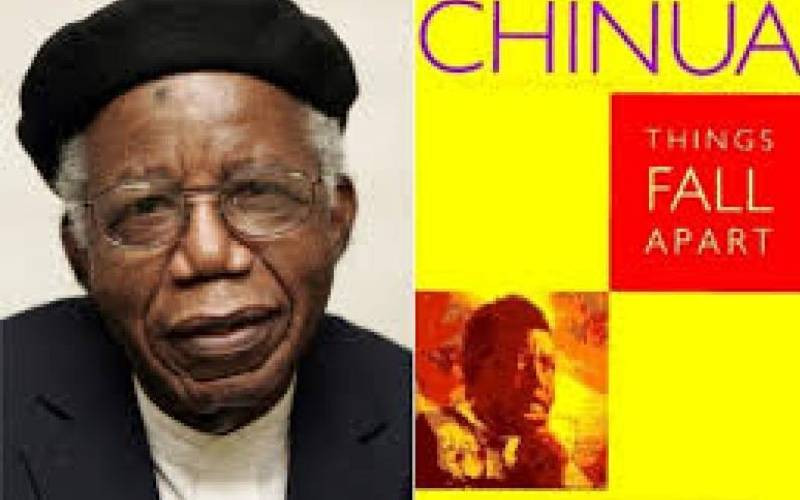×
The Standard e-Paper
Home To Bold Columnists

Some literature scholars have questioned the use of long-standing works of literature as setbooks in secondary education and in the departments of literature in our universities.